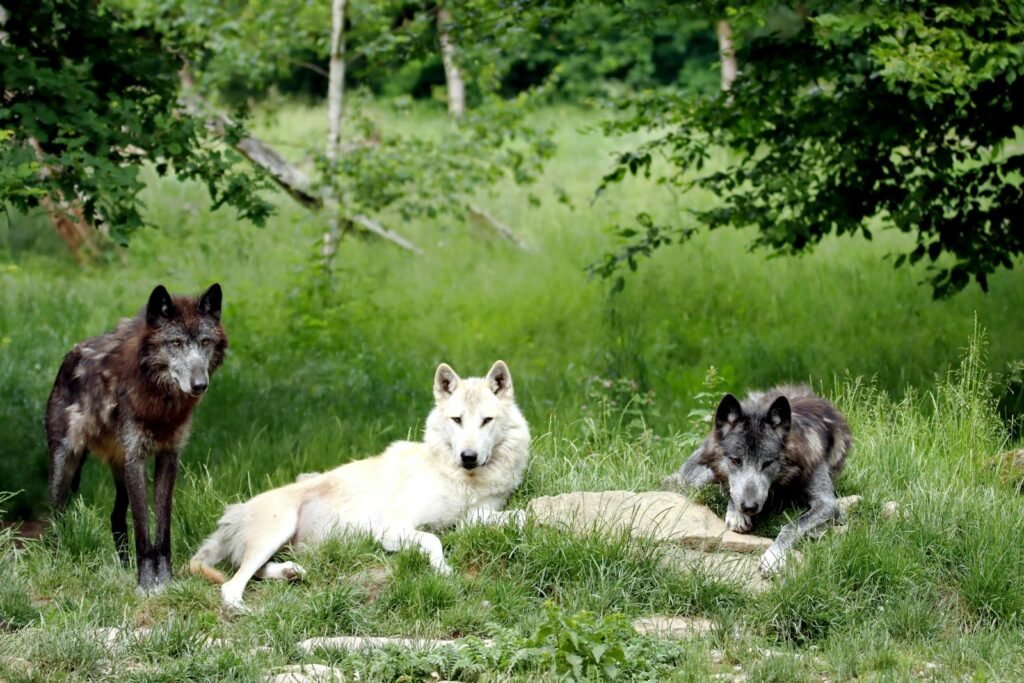It’s a heartbreak that echoes through empty branches—a silence that once was unthinkable. Imagine walking through a lush, green New Zealand forest, expecting a chorus of birdsong, only to be met with stillness so deep it presses on your chest. This is not just a story about birds; it’s about the unraveling of an entire world, woven together by feathers, leaves, and ancient melodies. Once, New Zealand’s forests vibrated with the enchanting calls of the tūī, the bellbird, the kōkako, and so many others. Now, in many places, those voices have faded. What happened to these irreplaceable singers of the woods, and what does their loss mean for the land and for us?
The Unique World of New Zealand Songbirds
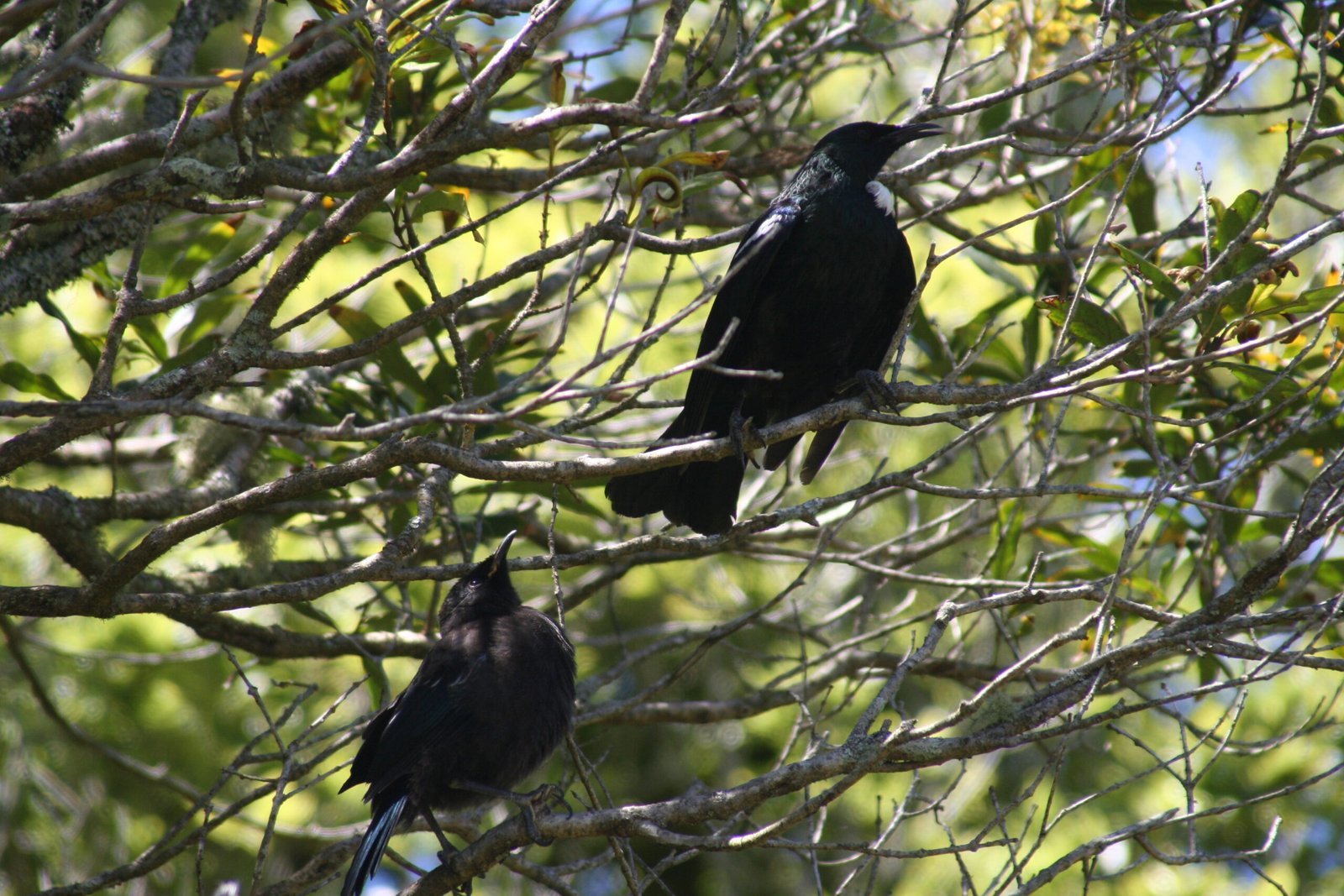
New Zealand’s songbirds were unlike any others on Earth. Isolated for millions of years, these birds evolved in a world without mammalian predators. Creatures like the tūī, with its metallic notes, or the haunting, organ-like song of the kōkako, became the soundtrack of ancient forests. Their songs were not just beautiful; they played vital roles in communication, courtship, and even the health of the forest itself. Many species, such as the stitchbird and the hihi, developed quirky behaviors and unique calls found nowhere else. This distinctiveness made them both a treasure and tragically vulnerable. The forests, thick with ferns and towering trees, once seemed eternal, but the harmony was more fragile than anyone realized.
Arrival of Invaders: A Deadly Turning Point
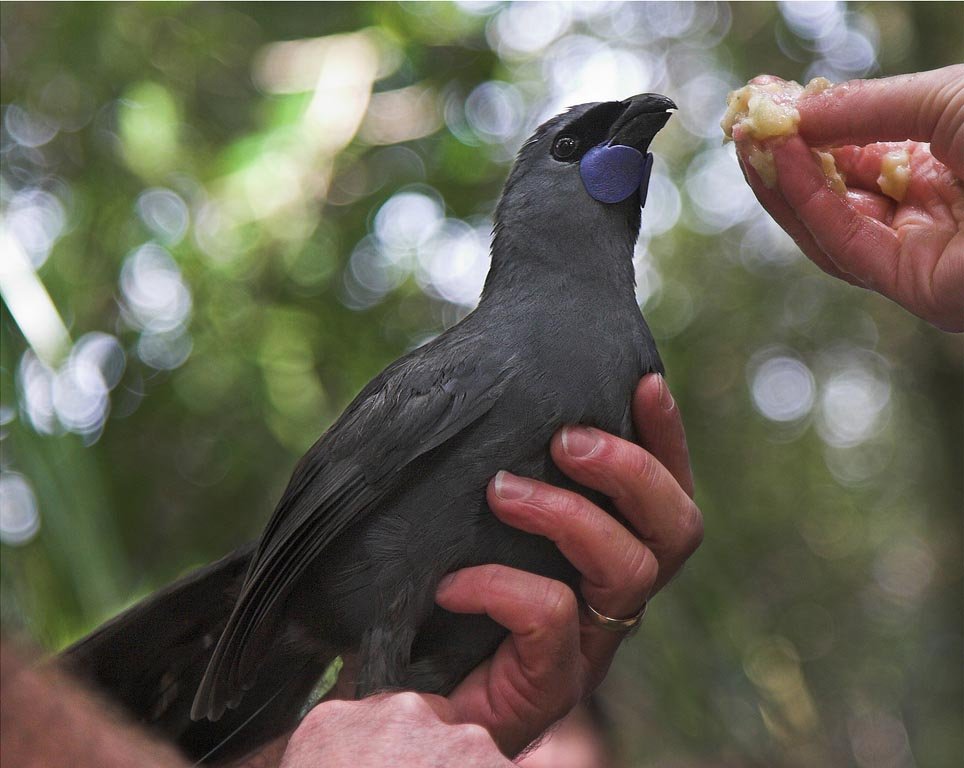
Everything changed when humans first arrived in New Zealand, bringing with them rats, stoats, cats, and other predators. These newcomers found the native birds easy prey, as the birds had little instinct to flee. Ground-nesting species like the kiwi and the kakapo suffered terribly, but even the tree-dwelling songbirds were not safe. Rats raided nests, devouring eggs and chicks. Stoats hunted adult birds, sometimes wiping out entire local populations within a season. The invasion was swift and devastating, and the forests began to fall silent as one species after another disappeared.
Songbirds and the Balance of Nature
Songbirds were more than just the soundtrack of the forest—they were key players in a delicate ecological balance. Birds like the bellbird and tūī acted as pollinators, transferring pollen as they fed on nectar, ensuring the survival of native plants like the kowhai and flax. Other birds helped control insect populations, preventing outbreaks that could damage vegetation. With each lost songbird, the fabric of the forest unraveled a little more. Suddenly, plants struggled to reproduce, and pests multiplied unchecked. The silence in the canopy was not just mournful—it signaled a deeper crisis for the entire ecosystem.
The Tragic Fate of the Huia and the Piopio
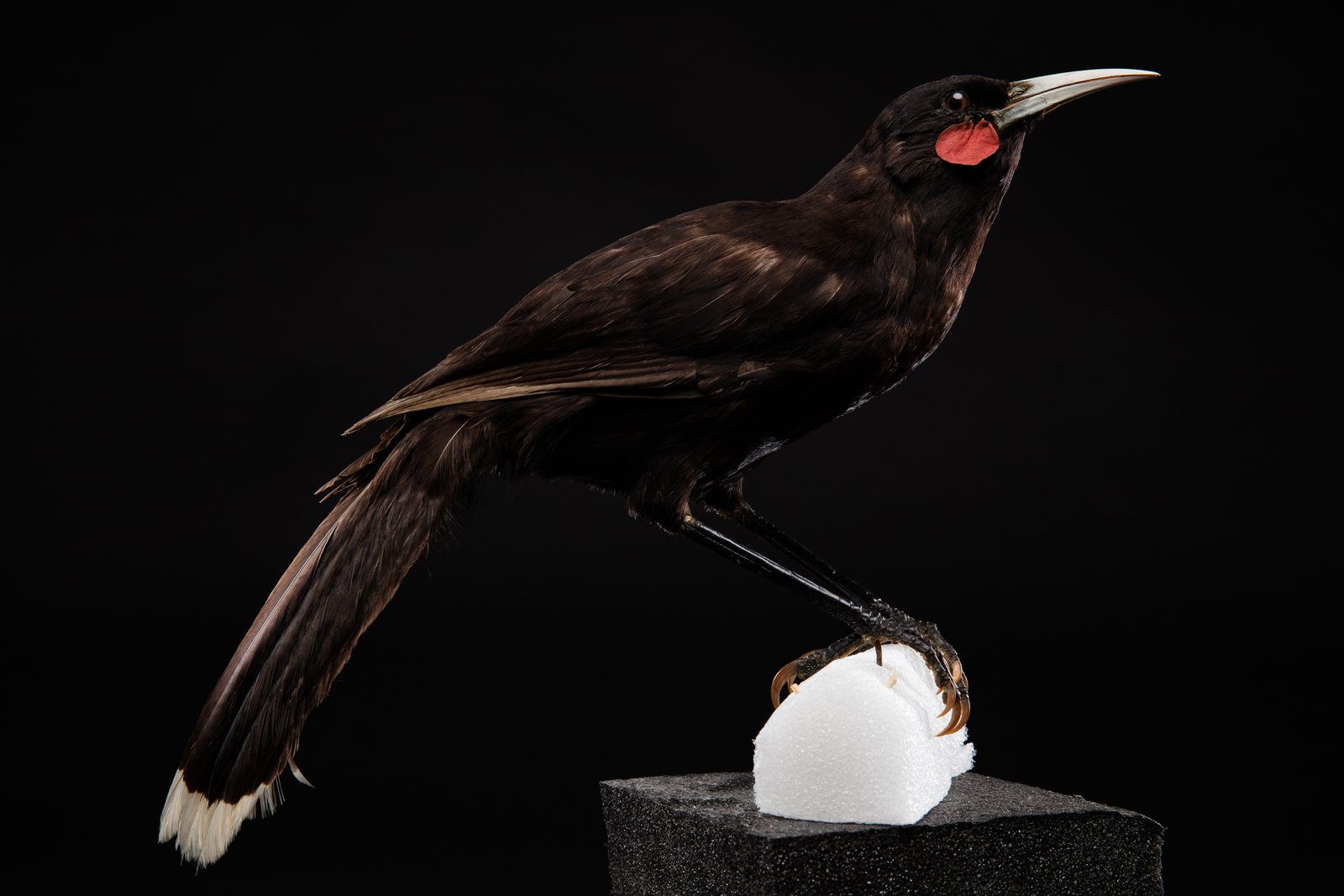
Some songbirds have stories so tragic, they haunt the national memory. The huia, with its striking black-and-white feathers and curved bill, was once considered sacred by Māori and prized by European collectors. Its tail feathers became fashionable ornaments, and relentless hunting pushed it to extinction by the early 20th century. The piopio, known for its melodious, flute-like song, vanished before many New Zealanders even had a chance to hear it. These losses are not just numbers in a book—they are the erasure of voices that shaped the spirit of a nation.
The Mysterious Power of Birdsong
There is something magical in the way bird song lifts our spirits. Studies have shown that listening to birdsong reduces stress and increases happiness in humans. In New Zealand, the morning chorus was once so loud it could wake campers from their sleep, a symphony that made the forests feel alive and welcoming. Without these songs, forests feel different—emptier, lonelier, stripped of a vital spark. This loss affects not just the animals and plants, but everyone who walks these trails and listens for music that no longer plays.
Conservation Efforts: A Race Against Time
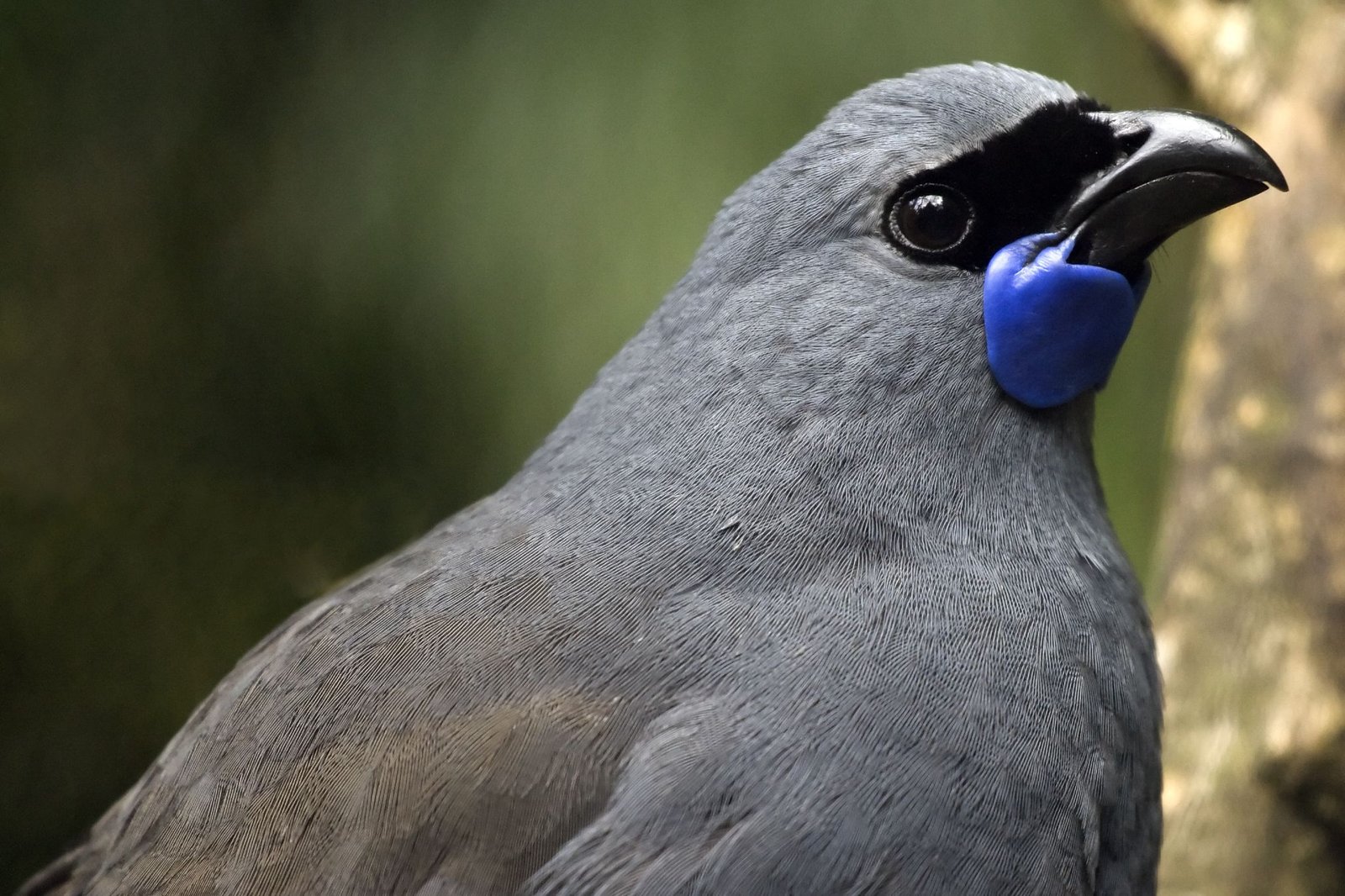
In recent decades, New Zealanders have fought back against the silence. Conservationists have launched ambitious projects to save remaining songbirds, setting up predator-proof sanctuaries on offshore islands and within fenced reserves. Intensive pest control, nest monitoring, and captive breeding programs have given species like the stitchbird and the kōkako a fighting chance. Volunteers spend countless hours in the bush, laying traps and checking nests, driven by the hope of restoring the lost chorus. These efforts have led to some remarkable recoveries, but the battle is far from over.
The Role of Māori Wisdom and Guardianship
Māori have always viewed birds as taonga—treasures—woven deeply into their culture and spiritual beliefs. Traditional knowledge, or mātauranga, recognizes the interconnectedness of all living things. Māori-led conservation projects emphasize respect for the land and the importance of restoring balance. Initiatives such as returning land to iwi (tribes) for ecological restoration blend ancient wisdom with modern science, offering new hope for native songbirds. The partnership between Māori communities and conservationists is a powerful force in the fight to bring back the voices of the forest.
The Specter of Extinction: What We Stand to Lose
The loss of New Zealand’s songbirds is not just a scientific tragedy—it’s an emotional one. Extinction is forever. Each vanished species takes with it a unique evolutionary story, a song no one else can sing. The silence left behind is a grim reminder of how easily beauty and wonder can disappear. Visitors to once-vibrant forests now find themselves straining to hear a single note, a heartbreaking contrast to the past. The disappearance of these birds is a warning: what is lost may never be regained.
Stories of Survival and Hope
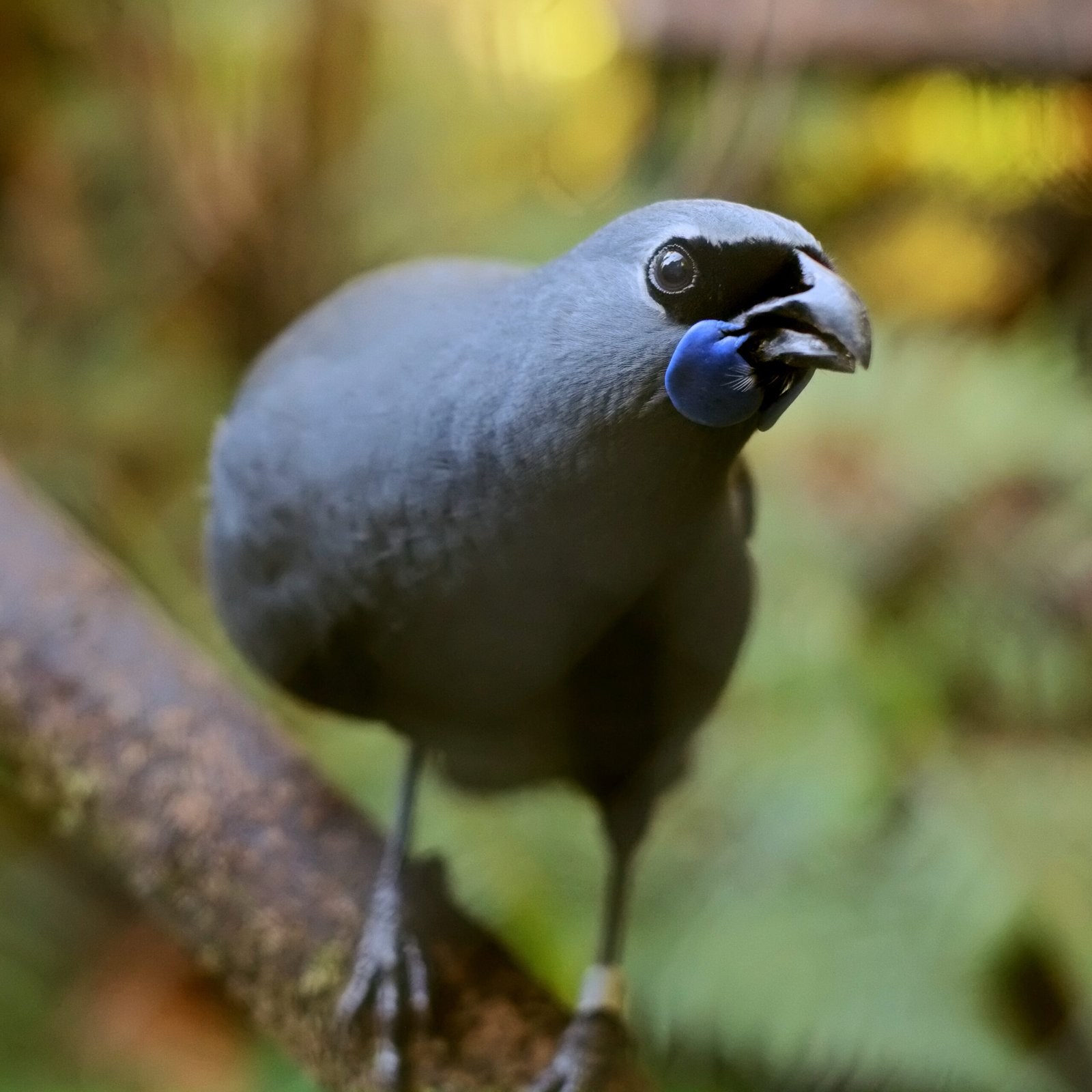
Despite the overwhelming odds, some songbirds have clung to survival. The kōkako, with its haunting call, came dangerously close to extinction, but dedicated conservation efforts have seen its numbers slowly rise. The saddleback, once confined to a handful of predator-free islands, is now being reintroduced to the mainland. Each success story is a testament to human determination and the resilience of nature. These birds are symbols of hope, proof that with enough willpower, silence can be broken and new songs can emerge.
What the Future Holds for New Zealand’s Forests
The fight to save New Zealand’s native songbirds is ongoing and full of uncertainty. Climate change, habitat loss, and the constant threat of invasive species make the path forward difficult. Yet, every new nest found, every chick that fledges, is a victory. The vision is clear: to restore the forests to their former glory, to a time when dawn broke with a riot of birdsong. The journey will be long, but the rewards—a living, singing forest—are worth every effort.
The fate of New Zealand’s songbirds is a mirror for us all, showing how easily wonder can be lost and how fiercely it must be protected. Will the next generation know the sound of the tūī’s song, or will they only know silence?

